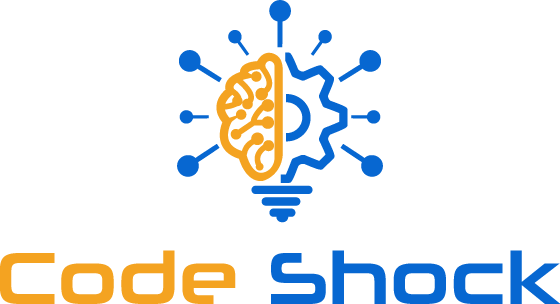Introduction
Web scraping is a powerful tool for data extraction and analysis. The ability to extract data from websites and use it for various purposes is crucial for many businesses and individuals. In this article, we will discuss the basics of web scraping using NodeJS, the popular JavaScript runtime environment.
Getting Started with NodeJS
Before we dive into web scraping using NodeJS, let's first look at how to get started with NodeJS. To get started with NodeJS, you will need to install NodeJS on your computer. The installation process is straightforward and can be completed by following the instructions on the official NodeJS website.
Once you have installed NodeJS, you can start writing your first NodeJS program. A basic NodeJS program will look like this:
console.log("Hello World");
To run this program, simply save the code to a file with a .js extension and then run the following command in your terminal:
node <file name>.js
Web Scraping using NodeJS
Web scraping is the process of extracting data from websites and using it for various purposes. In NodeJS, we can use several libraries to perform web scraping. The most popular library for web scraping in NodeJS is cheerio.
Cheerio is a fast, flexible, and lean implementation of core jQuery designed specifically for the server. Cheerio makes it easy to parse and manipulate HTML and XML documents.
To start using cheerio in your NodeJS program, you will need to install it using npm, the NodeJS package manager. Simply run the following command in your terminal:
npm install cheerio
Once cheerio is installed, you can start using it in your NodeJS program. Here is a simple example of using cheerio to extract data from a website:
const cheerio = require("cheerio");
const axios = require("axios");
async function fetchData() {
const response = await axios.get("https://www.example.com");
const $ = cheerio.load(response.data);
console.log($("title").text());
}
fetchData();
In this example, we are using axios to fetch the data from the website and cheerio to parse the HTML. The $ symbol is used to access the cheerio object, which provides us with jQuery-like methods for manipulating the HTML. In this case, we are using the .text() method to extract the text of the <title> tag.
Conclusion
Web scraping is a powerful tool for data extraction and analysis, and NodeJS provides us with the tools to perform web scraping easily and efficiently. In this article, we have covered the basics of web scraping using NodeJS and cheerio. We hope that this article has provided you with a good starting point for using NodeJS for web scraping.






